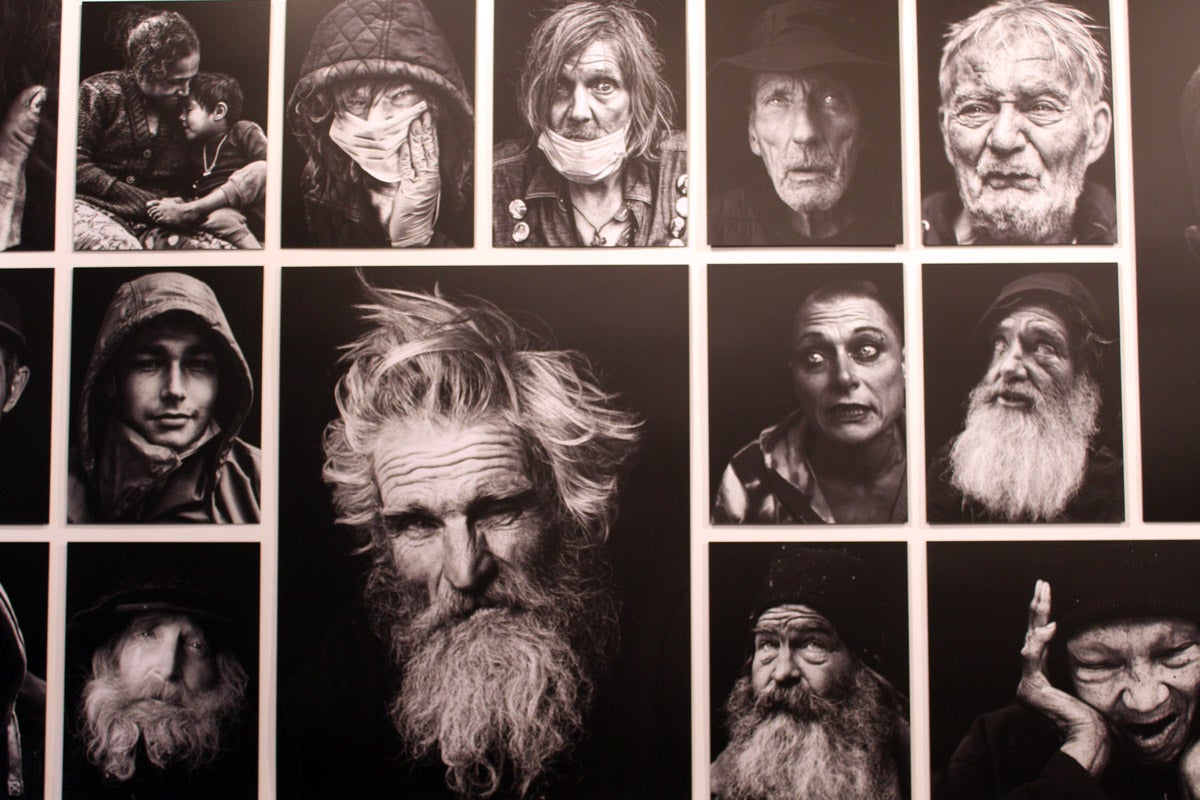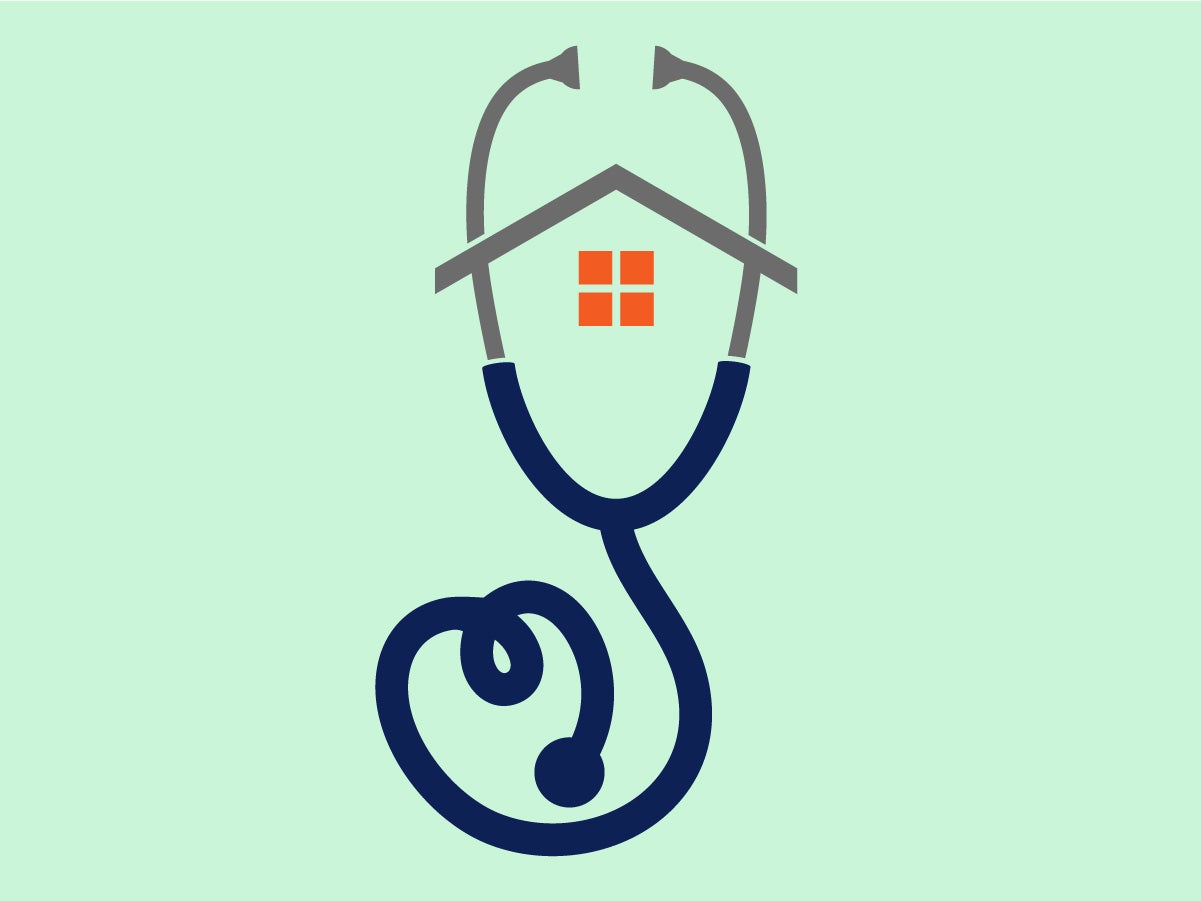
Book
The best public health books of 2023
This year, books about public health have featured powerful narratives, eye-opening investigations, and practical guides, shedding light on the intricate tapestry of our collective health.
The team behind Harvard Public Health has considered the stacks and curated a list of the best public health books of 2023. Whether you’re a seasoned public health leader, a policymaker looking for guidance, or an advocate who wants to make a difference, this selection promises to show you what works, what doesn’t, and why.
Death in Custody, by Roger A. Mitchell and Jay D. Aronson
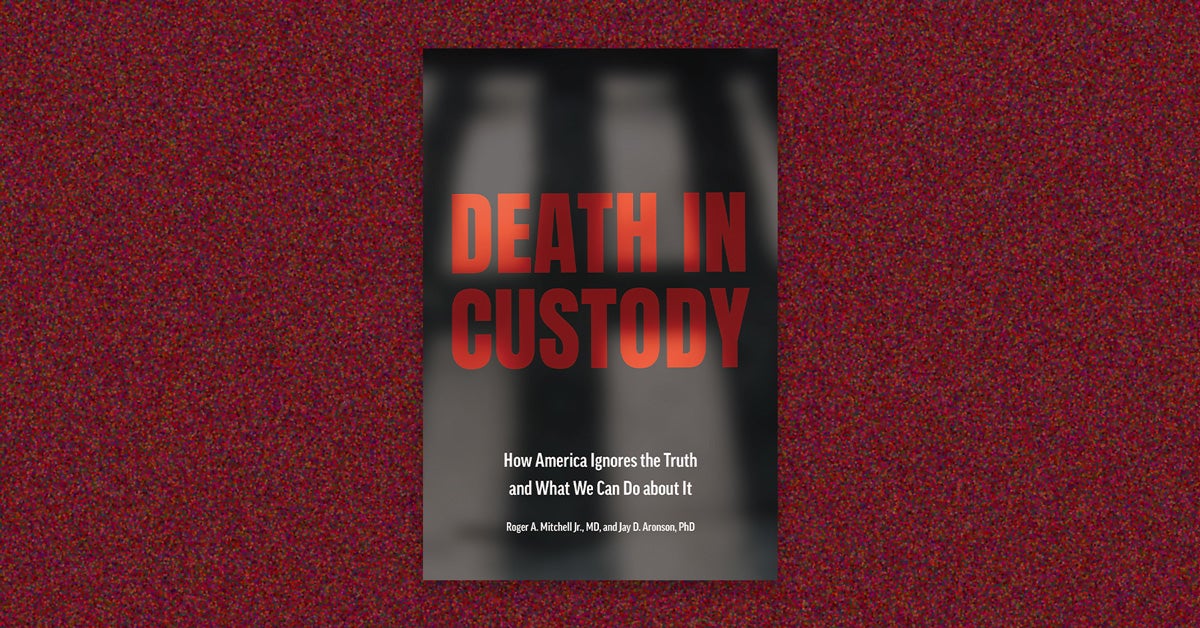
Book cover: Johns Hopkins University Press
In a striking collaboration, Roger A. Mitchell (a pathologist) and Jay D. Aronson (a human rights expert) expose an underappreciated problem at the intersection of public health and criminal justice: People who die in police custody are often unaccounted for. By combining perspectives ranging from historical analysis to contemporary methods in public health and statistics, the authors highlight a gap that reveals major challnges in the criminal legal system and in our public health infrastructure. The book also offers practical strategies to address this problem and move toward a society that values the lives of all citizens, including those under police supervision. —C. Brandon Ogbunu
Read the CMU Library review | Get the book
Weathering: The Extraordinary Stress of Ordinary Life in an Unjust Society, by Arline T. Geronimus
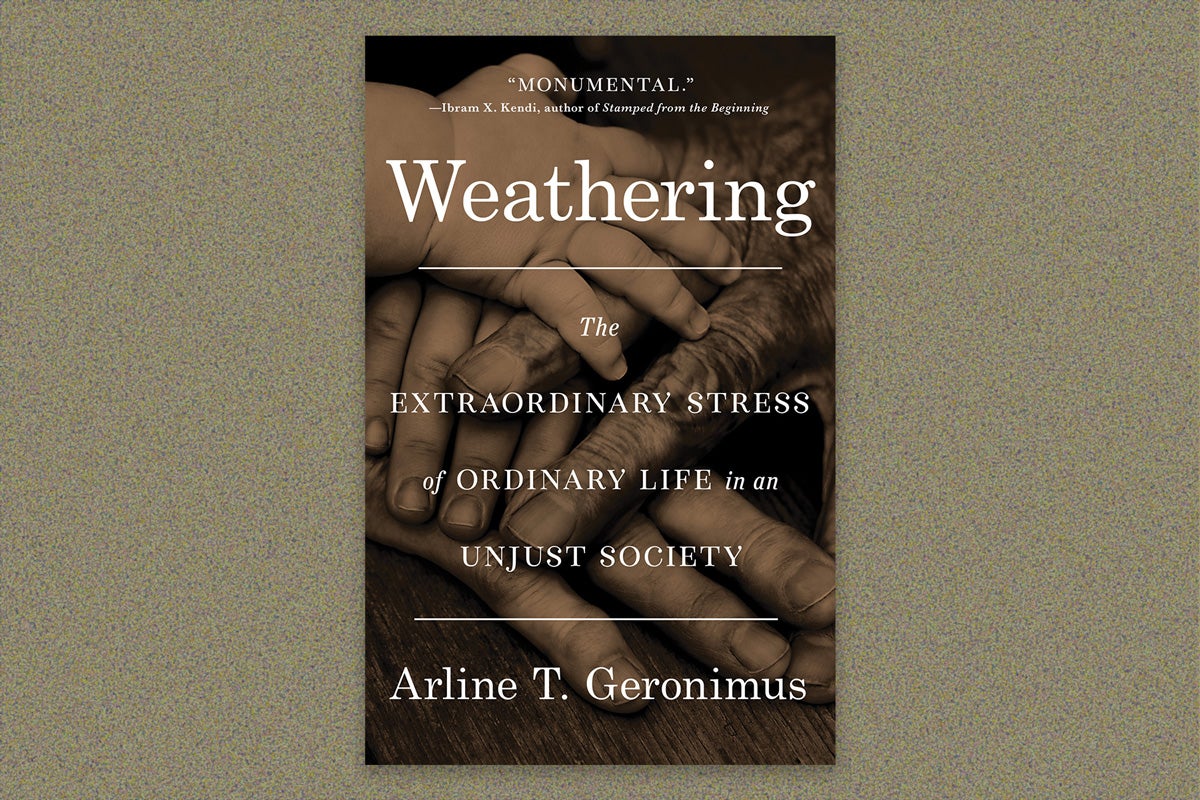
Book cover: Little Brown Spark / Hachette Book Group
Decades ago, Arline Geronimus coined the term “weathering” to describe the physical toll that the stress of social injustice takes on people from marginalized populations. She observed that prolonged activation of the body’s fight-or-flight response prematurely ages people, raising their risk at younger ages of developing chronic diseases and pregnancy complications. In this accessibly written and gripping book, she outlines scientific advances that underpin her foundational work and explains how weathering contributed to racial and socioeconomic disparities in COVID-19 outcomes. Throughout, she argues persuasively against simplistic and judgmental explanations for why some populations are healthier than others and offers solutions for change. It’s a compelling read from a researcher who started shouting about this problem long before many people were willing to listen. —Amy Roeder
Read an excerpt | Get the book
Mapping the Darkness: The Visionary Scientists Who Unlocked the Mysteries of Sleep, by Kenneth Miller
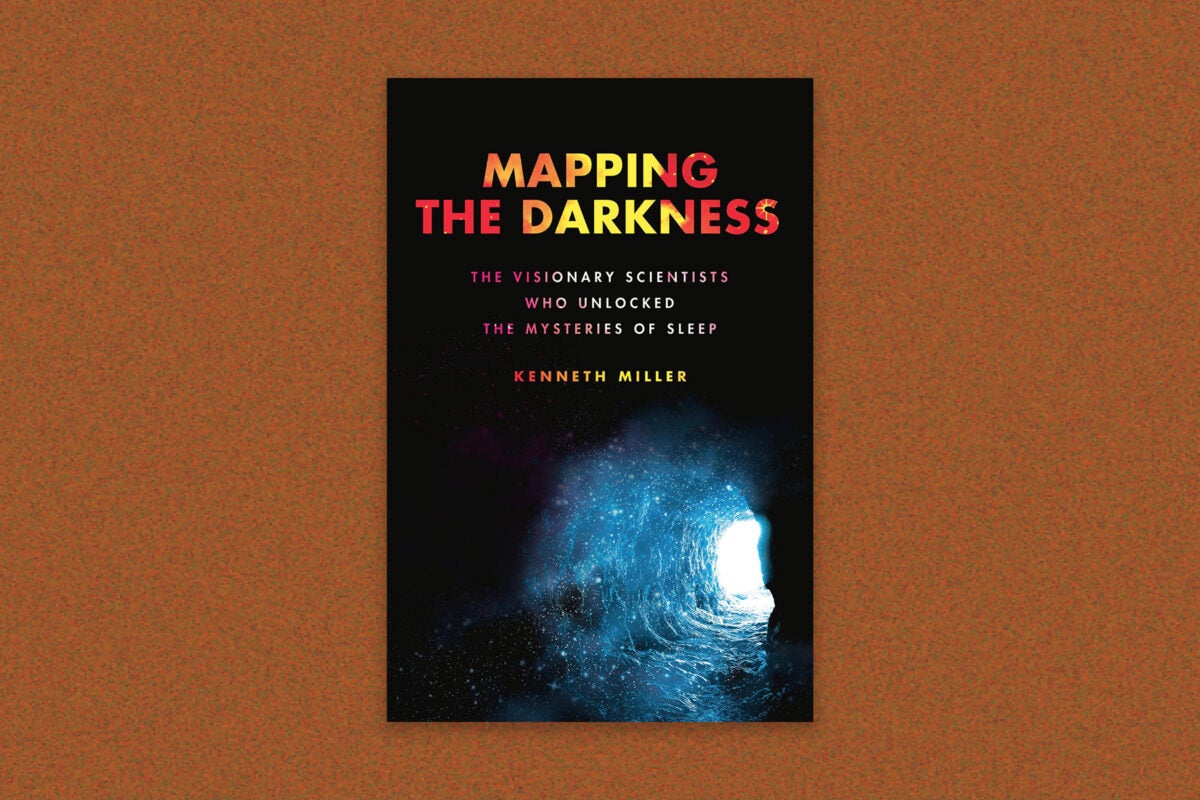
Book cover: Hachette Book Group
The theme song of the last century could have been Warren Zevon’s “I’ll Sleep when I’m Dead.” That attitude is now as out-of-date as 8-track tapes. The change happened because of the perseverance of a set of scientists whose research opened the world’s eyes to the health benefits of sleep. Miller’s compelling story starts with Nathaniel Kleitman’s sleep lab at the University of Chicago. We see how Kleitman and his successors battled through lack of funding, scholarly disrespect, and a society of stressed-out insomniacs to eventually establish that not sleeping is killing us. The field still has miles to go, but the value of sleep is clear. —Michael Fitzgerald
Read the Nature review | Get the book
Rough Sleepers: Dr. Jim O’Connell’s Urgent Mission to Bring Healing to Homeless People, by Tracy Kidder

Book cover: Random House
Tracy Kidder’s Rough Sleepers plunges us into the world of homeless people through the lens of Jim O’Connell, a medical doctor in charge of Boston Health Care for the Homeless. Through O’Connell we meet many people who are unhoused, and we learn in vivid detail how homelessness is caused and perpetuated by societal choices, policies, and practices that can be poorly thought out, badly executed, or callous—and sometimes all of the above. Through the book we gain a better understanding of why homelessness has become a persistent and widespread public health crisis. Kidder also makes the rest of us see what O’Connell sees: that the homeless are human beings. —Michael Fitzgerald
Read the full review | Get the book
We the Scientists: How a Daring Team of Parents and Doctors Forged a New Path for Medicine, by Amy Dockser Marcus
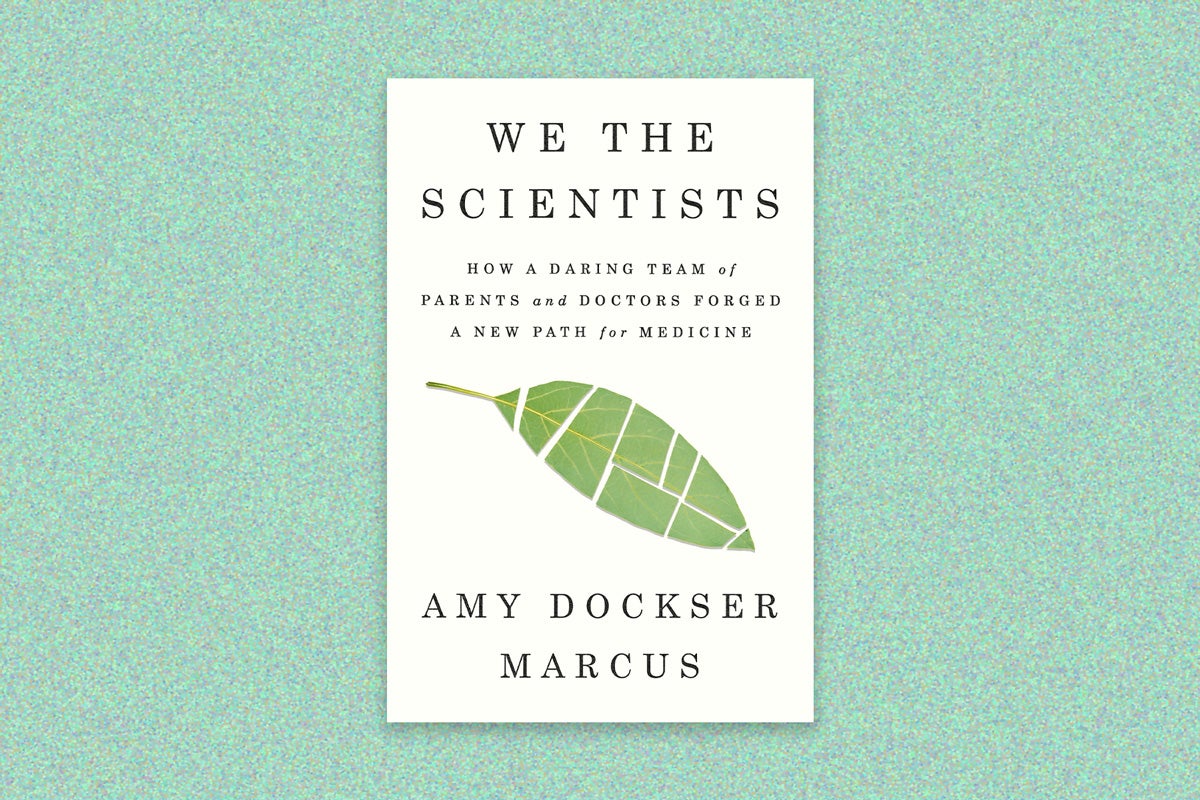
Book cover: Riverhead Books / Penguin Random House
When Chris Hempel’s twin toddlers were diagnosed with Niemann-Pick disease Type C, she was devastated; the rare genetic disorder, which affects only a few hundred people each year, is fatal, and there’s no treatment. So Hempel decided to find one. Together with scientists, researchers, and the Food and Drug Administration, Hempel and other parents of children with the disease turned themselves into “citizen scientists.” They read studies, lobbied for compassionate off-label use, and collected data on their children, with rigor and precision. In collaboration with the country’s top trained specialists on the disease, they helped identify promising treatments and design studies to evaluate them. They didn’t find a cure—but they did expand conventional wisdom about what an expert is, who gets to create knowledge, and how science can best move forward. —Jina Moore Ngarambe
Read the Kirkus review | Get the book
Within Reason: A Liberal Public Health for an Illiberal Time, by Sandro Galea
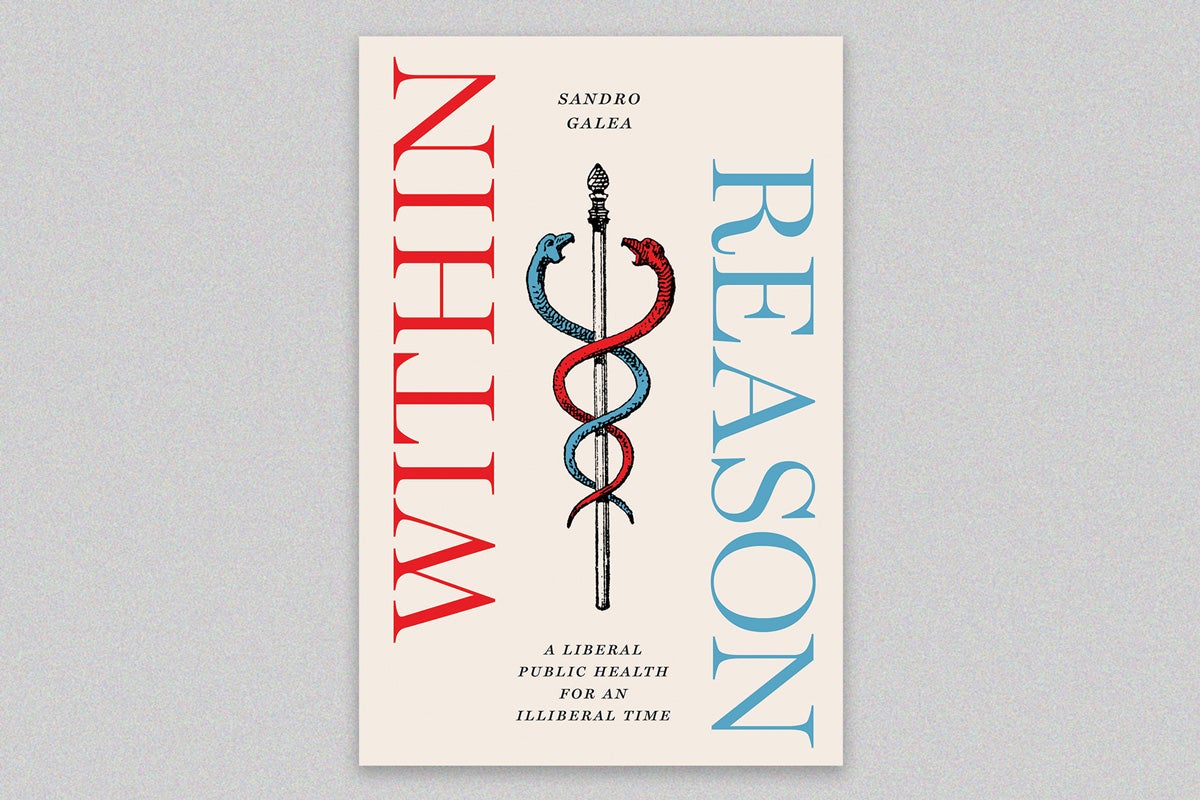
Book cover: Courtesy of University of Chicago Press
In his new book, Sandro Galea argues the public health field stifled debate, squashed dissent, and too often succumbed to paternalism in its efforts to contain the pandemic. It’s understandable. During an emergency, time costs lives. The pandemic happened amid incredible political instability, disinformation, and outright hostility towards public health workers, all of that sanctioned by political leaders. But Galea argues the public health field will continue to lose trust among Americans if it continues down the path of illiberalism. This means our efforts to combat infectious diseases and other health threats will have less impact, and communities will pay the price with increasing morbidity and mortality. —Katelyn Jetelina
Read the full review | Get the book
Endemic: A Post-Pandemic Playbook, by Monica Gandhi

Book cover: Mayo Clinic Press
Monica Gandhi, a highly respected HIV researcher in San Francisco, became well-known during the pandemic for her unpopular opinions that clashed with prevailing public health consensus. In her much-praised book, Endemic, Gandhi explains why harm reduction, the principle underpinning her approach to medicine and public health, is central to successfully responding to future pandemics—by prioritizing the poorest and most vulnerable. —Christine Mehta
Read the full interview | Get the book
Blight: Fungi and the Coming Pandemic, by Emily Monosson
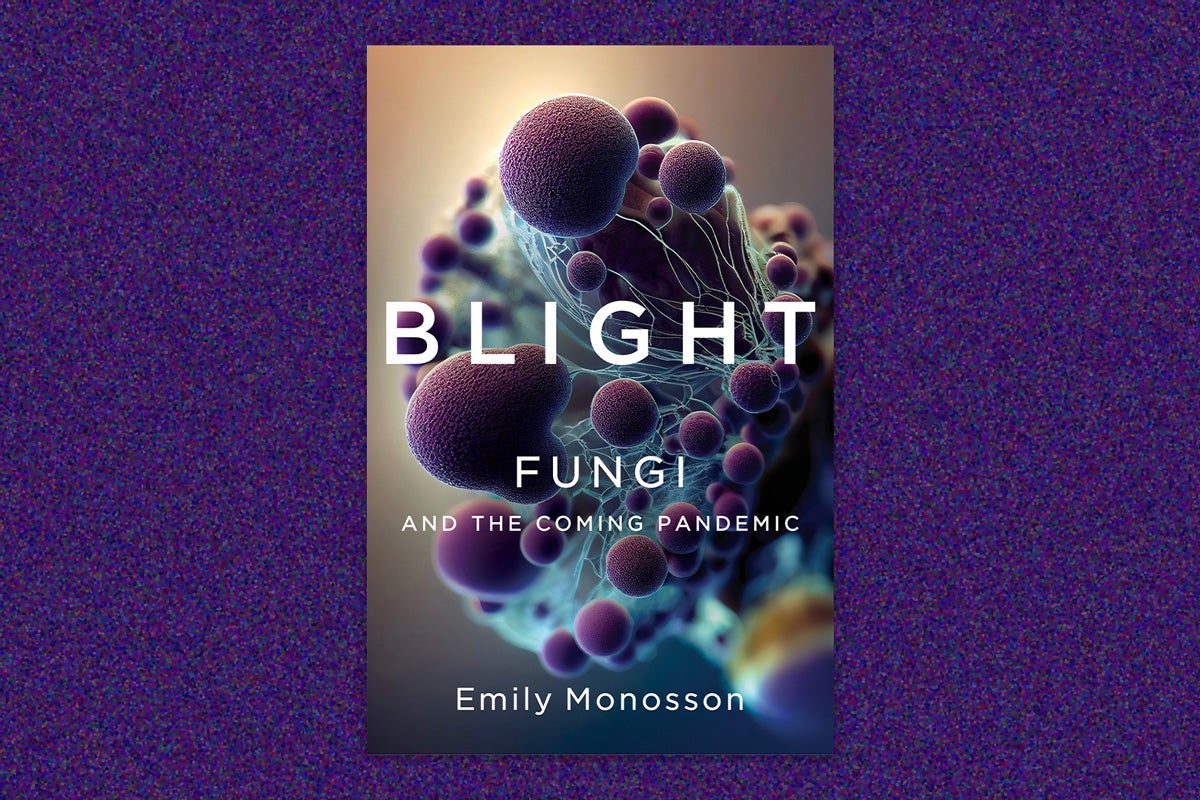
Book cover: W.W. Norton & Company
In The Last of Us, a television thriller released this year, a fungal infection inspired by the real-life Cordyceps fungus threatens to turn humans into zombies. Fortunately, toxicologist Emily Monosson’s new book is here to remind us that deadly fungal infections in humans are rare, and Cordyceps only affects insects in real-life. Most of the time, we live in harmony with these invisible spores, but a warming world could mean a rise in fungal outbreaks that threaten our food supply. Monosson takes us inside the tangled world of fungal pathogens, and how modern agriculture, climate change, and globalization are turbocharging the potential for a fungal pandemic. —Amy Sutherland
Read the full interview | Get the book
The Forgotten Girls: A Memoir of Friendship and Lost Promise in Rural America, by Monica Potts
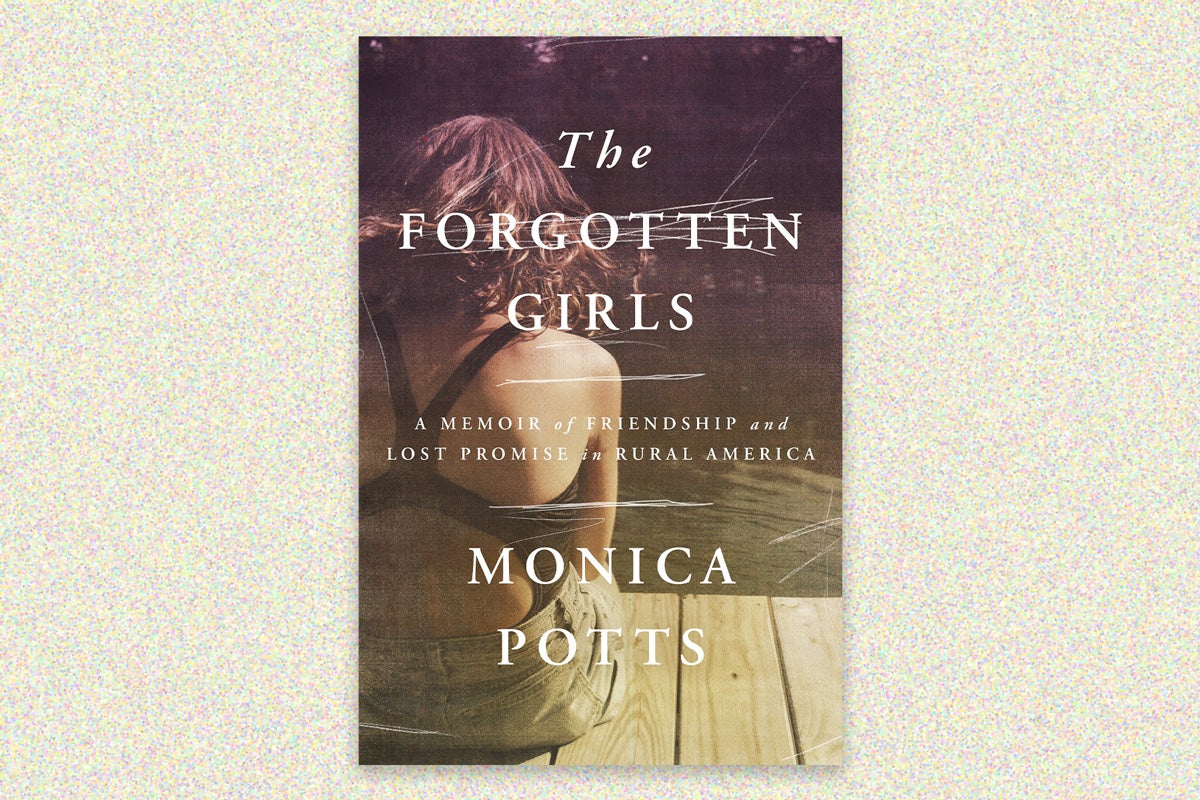
Book cover: Random House
At the heart of The Forgotten Girls is the story of two girls growing up in rural Arkansas—a place that, by Monica Potts’s telling, is not kind to young women. Potts, a senior politics reporter at FiveThirtyEight and author of the book, gives readers a deeper look at America’s rural health crisis through the experience of her childhood friend, Darci, who became pregnant as a teen and struggled with addiction and homelessness. Darci’s story is emblematic of declining life expectancy for rural women, generational trauma, and teen pregnancy, all factors that have contributed to a growing health crisis in rural America. —Maura Kelly
Read the full interview | Get the book
How Not to Kill Yourself: A Portrait of the Suicidal Mind, by Clancy Martin
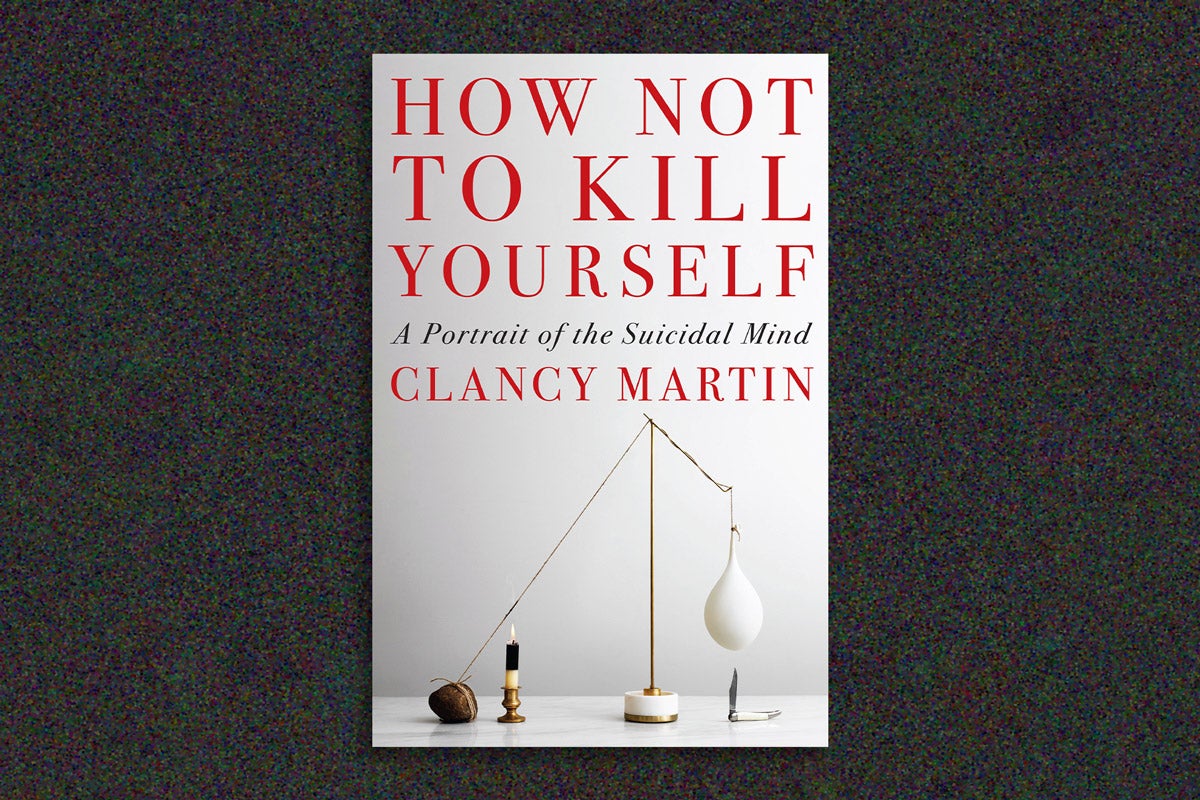
Book cover: Pantheon Books
Author and philosophy professor Clancy Martin has survived ten suicide attempts. In his latest book, he mines his experiences to create a self-help manual for the suicidal, complete with advice from suicidologists and wide-ranging suggestions for anyone thinking about suicide. Few books offer practical advice on how to help people affected by suicidal ideation, making Martin’s book an overdue, necessary resource for the many people who need it. Martin calls suicidal thinking an “addiction” that afflicts the unlucky—but what rings out most clearly from the book is his deep empathy for those who are suffering, and how regular people have helped him remember there are good reasons to take on another day. —Maura Kelly
Read the full interview | Get the book
Tradeoffs
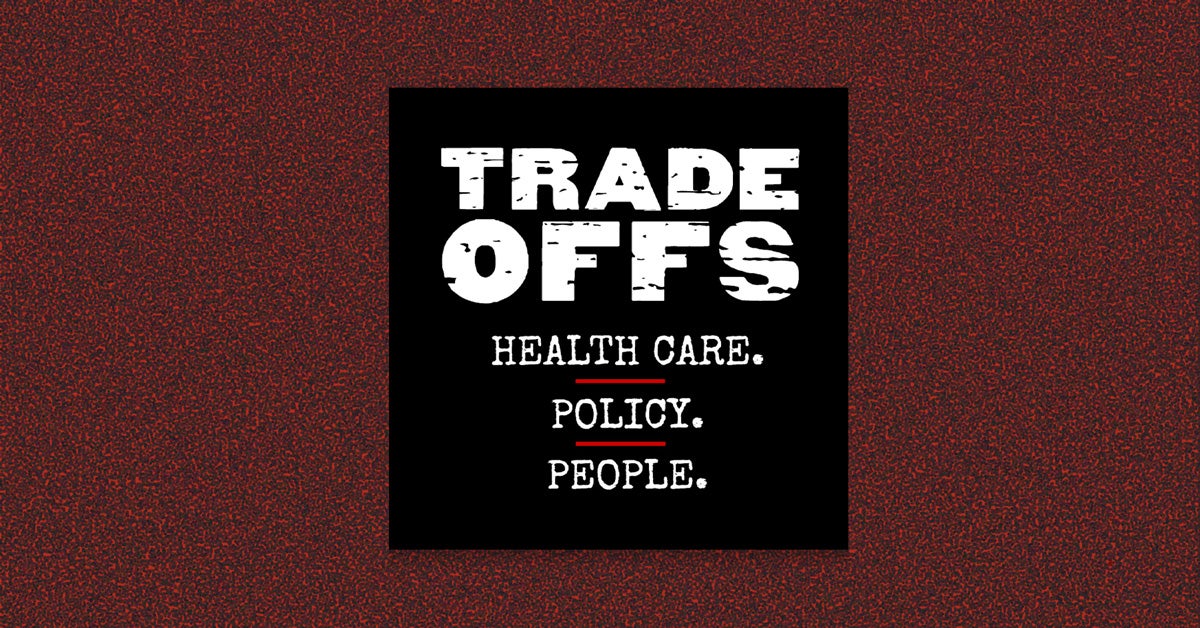
Courtesy of Tradeoffs
You wouldn’t expect to think of a health policy podcast as “gripping,” but Tradeoffs is the best health podcast you’ve never heard of. In production since 2019, Tradeoffs looks at knotty problems in health care through the stories of real people affected by those problems—from the crisis in teen girls’ mental health services to Medicare’s push to address social determinants in health and, this month, a multi-episode deep dive into the racial bias in health care AI. —Jina Moore Ngarambe
The Cycle of a Dream: A Kid’s Introduction to Structural Racism in America, by Kimberly Narain; illustrations by Mike Motz
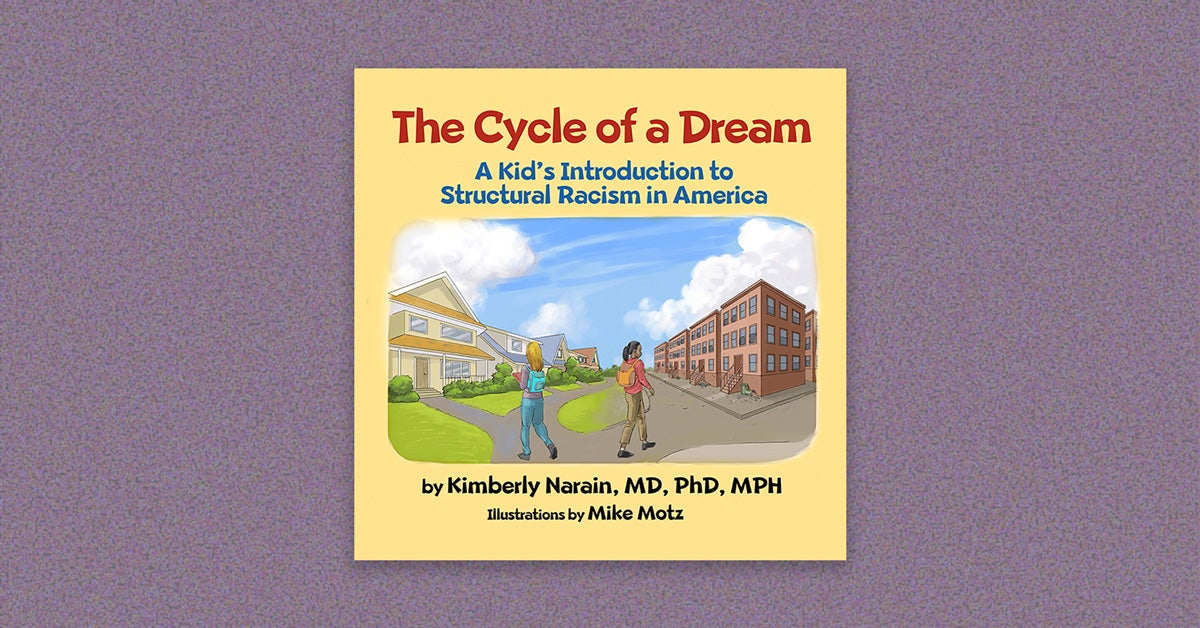
Courtesy of the author
This book offers the experience of Black history from 1619 until today through the experiences of many Black people in America. It helps people understand that Black people did not have fair access to things other people had, like voting, living in certain neighborhoods, and jobs, and to this day Black people are not treated fairly because of what they look like. Readers also are given a good list of what you should and could do if you want to help make the American dream a reality for more people. There are big, colorful pictures on each page that are well-drawn. This was just right for 8- to 12-year-old kids who would like to learn about our country’s history or how the past affects the future. —Clara Rura

